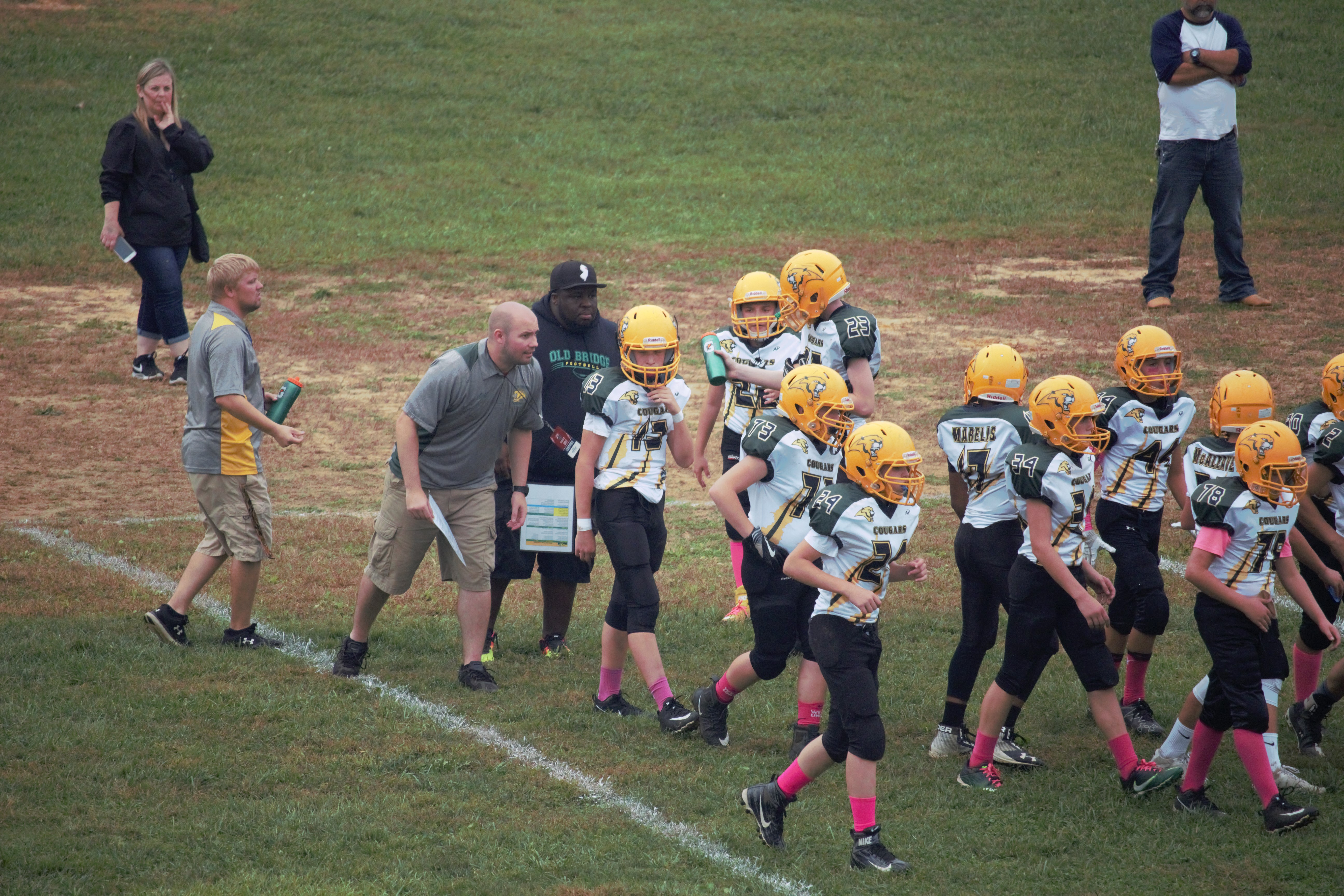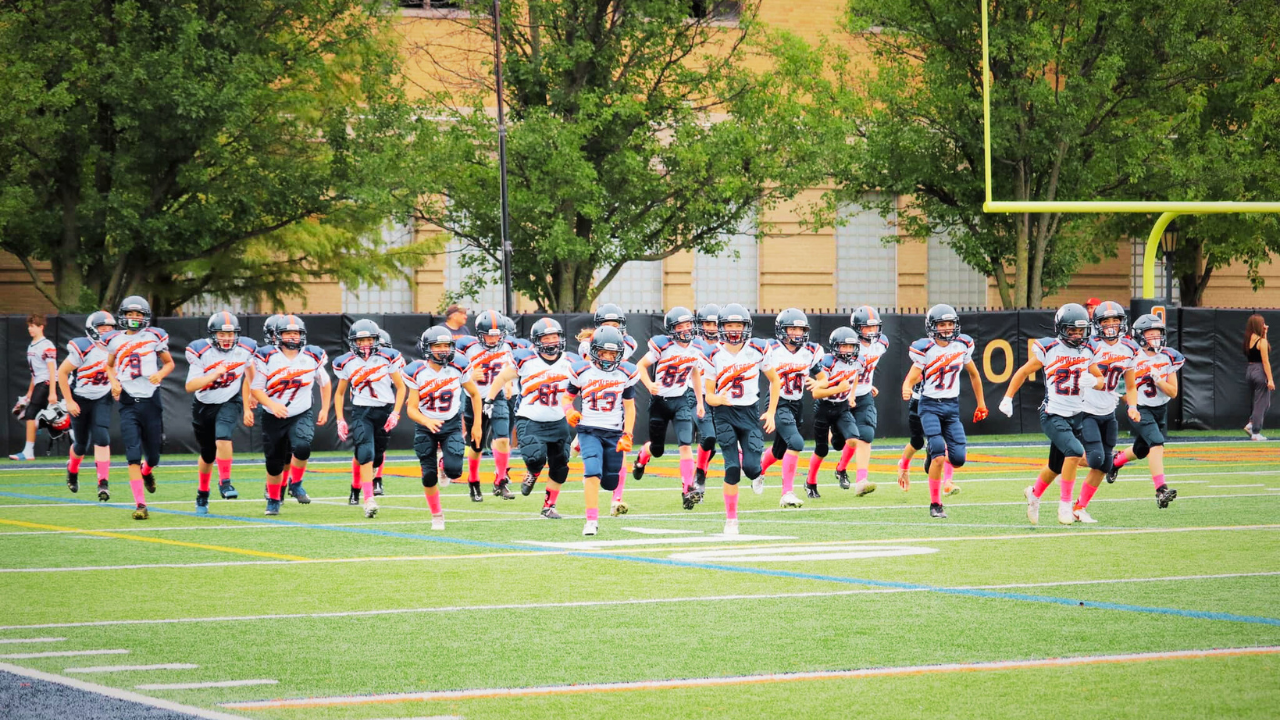Organizing Your Playbook as a Defensive Coordinator

A key component of being a Coordinator on either side of the ball is being organized. When you are organized you have the ability to streamline the learning process for your players and allow them to learn the essentials. This, in turn, gives them more reps working on the specific skills they will need so they can become efficient at these skills. In order to prepare for the season there are a few questions that you have to ask yourself.
Organizing Your Playbook as a Defensive Coordinator
The first question is what is your base alignment. This is also known as your front. I look at defensive schemes as having three major categories. These three categories are Odd, Even and Stack. In the Odd front there is some sort of Nose Guard. In the Even front there is not a Nose Guard and there are four defenders on the line. The Stack front normally has three down defenders and three linebackers aligned directly behind them. While we don’t have time to dive into each defensive front, it’s important to remember that each front has merits and can be a good defensive alignment.
When selecting a defensive front it’s important to consider which one fits your athletes the best. In general the Even front is the easiest to teach but you need to have 6 or more defensive linemen so you can sub and keep the players fresh. The Odd front tends to be a little more complex but it allows you to use bigger linebackers as defensive linemen. This makes it ideal if you lack numbers on the defensive line. The Stack is a newcomer to defenses but is a good fit because it keeps things very simple for the linemen and linebackers. Similar to the Odd front the Stack is good if you lack the true Defensive Linemen to play an Even front.
Related Content: Defending the Power Play in Youth Football
Once you have selected your front you need to start thinking about how you are going to combat what the offense is running. In general you want to have a minimum of six different blitzes. You will need to come off of the edge in the C or D Gap. This tends to be one of the major areas that the offense will attack. This means that if you are able to get a rhythm of when the offense is going to attack the C Gap, you can blitz and shut the play down. You will also need a blitz to bring pressure to both C Gaps at the same time. This can be an effective passing blitz as it stops the Quarterback from being able to see to throw the quick passing game to the outside.
Once you have your blitzes to attack the C Gap you should start to look at your blitzes to stop the run. You will need one to send each linebacker, one blitz to send all of the linebackers and a blitz that twists them. By sending linebackers to their responsibilities you will have success in stopping the run in that gap. Twisting can be a dangerous move but if you time it right it can lead to a huge loss.
Related Content: The Biggest Mistake Defensive Coordinators Make
As a whole these are the only blitzes you need. If your players are able to master these blitzes that frees them up to work on the techniques of each position instead of going through a million different blitzes every practice. This will not only make you a better defense but will make the defense better football players.










